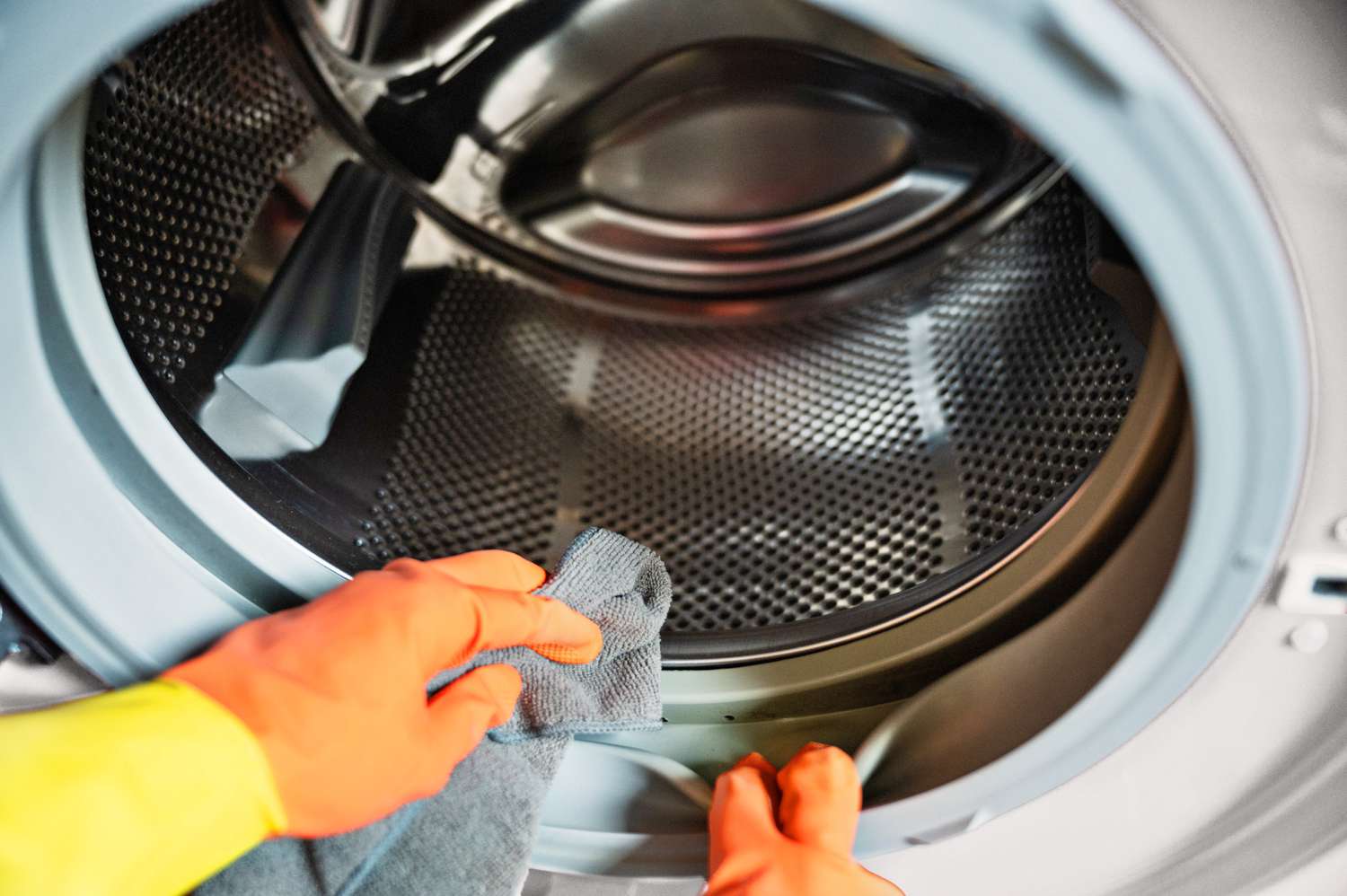

Articles
How To Clean Front Load Washer Seal
Modified: February 11, 2024
Learn how to clean the front load washer seal in this informative article. Keep your washer in top condition with these easy maintenance tips.
(Many of the links in this article redirect to a specific reviewed product. Your purchase of these products through affiliate links helps to generate commission for Storables.com, at no extra cost. Learn more)
Introduction
Welcome to our guide on how to clean the front load washer seal. Front load washers have become increasingly popular due to their energy efficiency and high cleaning performance. However, if not properly maintained, the rubber seal on the front door can become a breeding ground for mold, mildew, and unpleasant odors. Cleaning the washer seal is an essential part of regular appliance maintenance and can help ensure your laundry stays fresh and clean. In this article, we will provide you with step-by-step instructions on how to effectively clean the front load washer seal and prevent mold and mildew buildup.
Key Takeaways:
- Regularly clean the front load washer seal with mild detergent or vinegar to prevent mold and mildew buildup, ensuring a fresh and hygienic laundry experience.
- Adopt good maintenance habits like leaving the washer door open, promptly removing damp laundry, and running monthly cleaning cycles to maintain a clean front load washer seal and extend the appliance’s lifespan.
Read more: How To Clean A Front Load Washer With Bleach
Tools and Supplies Needed
Before you begin cleaning the front load washer seal, gather the following tools and supplies:
- Mild detergent or vinegar
- Warm water
- Microfiber cloth or sponge
- Toothbrush or small brush
- Old toothpaste or baking soda (optional)
- Rubber gloves (optional)
Having these tools and supplies readily available will make the cleaning process easier and more efficient.
Step 1: Preparation
Before you start cleaning the front load washer seal, it is important to take some necessary precautions to ensure your safety and the effectiveness of the cleaning process:
- Turn off and unplug the washing machine to avoid any electrical accidents.
- Put on a pair of rubber gloves to protect your hands from any potential chemicals or allergens.
- Remove any clothing or items from the washer.
By taking these simple steps, you can minimize the risk of accidents or damage during the cleaning process and focus on restoring your front load washer seal to its optimal condition.
Step 2: Wiping Down the Seal
Now that you have prepared the front load washer, it’s time to start cleaning the seal:
- Dampen a microfiber cloth or sponge with warm water.
- Add a small amount of mild detergent or vinegar to the cloth or sponge.
- Gently wipe down the rubber seal, paying extra attention to any visible dirt, grime, or stains.
- Use a toothbrush or small brush to reach into the crevices and corners of the seal, removing any debris or buildup.
- Rinse the cloth or sponge with plain water and go over the seal again to remove any remaining soap or cleaning solution.
Remember to be gentle when wiping down the seal to avoid damaging or loosening it. If you notice any stubborn stains or residue, you can apply a small amount of old toothpaste or baking soda on the cloth or sponge and gently scrub the affected areas.
Once you are satisfied with the cleanliness of the seal, proceed to the next step to clean the detergent drawer.
Step 3: Cleaning the Detergent Drawer
The detergent drawer is another area that can accumulate dirt, detergent residue, and mold. It’s important to clean it regularly to ensure optimal performance and prevent any unpleasant odors. Follow these steps to clean the detergent drawer:
- Remove the detergent drawer by pulling it out gently.
- Check for any visible residue or buildup, such as hardened detergent or fabric softener.
- Submerge the detergent drawer in warm water mixed with a small amount of mild detergent.
- Use a sponge or brush to scrub away any residue or stains.
- Rinse the detergent drawer thoroughly with water to remove any soap or cleaning solution.
- Allow the detergent drawer to dry completely before reinserting it into the washer.
By regularly cleaning the detergent drawer, you can prevent clogs and ensure that your detergent is dispensed properly, resulting in cleaner and fresher laundry.
Now that you have tackled the seal and detergent drawer, it’s time to address any mold or mildew buildup in the washer. Move on to step 4 for further instructions.
After each wash, wipe down the front load washer seal with a clean, dry cloth to remove any moisture and prevent mold and mildew buildup.
Read more: How To Clean Electrolux Front Load Washer
Step 4: Dealing with Mold or Mildew Buildup
If you notice mold or mildew buildup on your front load washer seal, it’s important to take immediate action to prevent it from spreading and causing unpleasant odors. Follow these steps to address mold or mildew:
- Create a solution of equal parts water and vinegar.
- Dampen a microfiber cloth or sponge with the vinegar solution.
- Gently scrub the affected areas of the seal, focusing on any visible mold or mildew.
- Use a toothbrush or small brush to reach into any crevices or corners where mold or mildew may be hiding.
- Allow the vinegar solution to sit on the seal for a few minutes to help break down the mold or mildew.
- Wipe the seal clean with a damp cloth or sponge, removing any remaining vinegar solution and loosened mold or mildew.
- Repeat this process as necessary until the seal is free of mold or mildew.
It’s important to note that if the mold or mildew buildup is extensive or persistent, you may need to consider using a commercial cleaner specifically designed for mold and mildew. Follow the instructions provided by the cleaner and ensure proper ventilation in the area.
Once you have successfully addressed the mold or mildew issue, move on to the final step to complete the cleaning process.
Step 5: Final Rinse and Wipe Down
Now that you have cleaned the front load washer seal and addressed any mold or mildew buildup, it’s time for the final rinse and wipe down:
- Dampen a clean microfiber cloth or sponge with plain warm water.
- Thoroughly rinse the seal, removing any remaining cleaning solution.
- Wipe down the entire seal, ensuring all soap residue, vinegar solution, or mold and mildew are completely removed.
- Pay special attention to the corners and crevices, as these areas can easily trap moisture and lead to mold or mildew growth.
- Dry the seal with a clean towel or allow it to air dry.
By ensuring that the seal is thoroughly rinsed and dried, you can prevent any leftover moisture that may contribute to mold or mildew growth.
With the final step completed, you have successfully cleaned the front load washer seal. Now, let’s discuss some helpful tips to maintain a clean washer seal in the long run.
Tips for Maintaining a Clean Washer Seal
After cleaning your front load washer seal, it’s important to follow these tips to help maintain its cleanliness and prevent future mold or mildew buildup:
- Keep the door open: When not in use, leave the door of your front load washer slightly open to allow air circulation and minimize moisture buildup.
- Remove damp laundry promptly: Try to remove damp laundry from the washer as soon as the cycle is complete to prevent excess moisture from sitting in the drum or seal.
- Regularly clean the detergent drawer: Clean the detergent drawer at least once a month to prevent buildup and ensure proper dispensing of detergent.
- Run a monthly cleaning cycle: Run an empty cycle with hot water and a cup of vinegar or a washing machine cleaning agent to help remove any residue or odors.
- Inspect and clean the drain pump filter: Periodically check and clean the drain pump filter, as debris and lint can accumulate, leading to unpleasant smells and drainage issues.
- Use the recommended amount of detergent: Overloading the washer with detergent can leave behind residue that can contribute to mold or mildew growth, so follow the manufacturer’s instructions.
- Regularly inspect and clean the drum: Check the drum for any missed items or debris and wipe it clean using a non-abrasive cloth or sponge.
By incorporating these tips into your regular washing machine maintenance routine, you can help keep your front load washer seal clean and extend the lifespan of your appliance.
With these maintenance tips in mind, you are now equipped to keep your front load washer seal in excellent condition. Regular cleaning and maintenance will help ensure a fresh-smelling and hygienic laundry experience.
Conclusion
Cleaning the front load washer seal is an essential part of maintaining a hygienic and odor-free washing machine. By following the step-by-step instructions outlined in this guide, you can effectively remove dirt, grime, mold, and mildew from the seal, ensuring optimal performance and a pleasant laundry experience.
Remember to take the necessary precautions, such as turning off the washing machine and wearing rubber gloves, before you begin cleaning. Use mild detergent, vinegar, and warm water along with a microfiber cloth or sponge to wipe down the seal and remove any visible dirt or stains. Pay attention to the detergent drawer as well, keeping it clean and free of residue.
If you encounter mold or mildew buildup, use a vinegar solution to gently scrub the affected areas and eliminate any unwanted growth. Finish the cleaning process by thoroughly rinsing the seal and ensuring it is completely dry.
To maintain a clean washer seal in the long run, adopt good maintenance habits such as leaving the door slightly open after each use, promptly removing damp laundry, and regularly cleaning the detergent drawer and drain pump filter. Additionally, remember to use the recommended amount of detergent and run a monthly cleaning cycle with vinegar or a cleaning agent.
By implementing these tips and incorporating regular cleaning and maintenance into your washing machine routine, you can keep your front load washer seal in excellent condition, ensuring fresh and clean laundry every time.
Investing a little time and effort into cleaning and maintaining your front load washer seal will prevent unpleasant odors and potential mold or mildew issues, prolong the life of your appliance, and ultimately provide you with the best laundry experience possible.
Frequently Asked Questions about How To Clean Front Load Washer Seal
Was this page helpful?
At Storables.com, we guarantee accurate and reliable information. Our content, validated by Expert Board Contributors, is crafted following stringent Editorial Policies. We're committed to providing you with well-researched, expert-backed insights for all your informational needs.
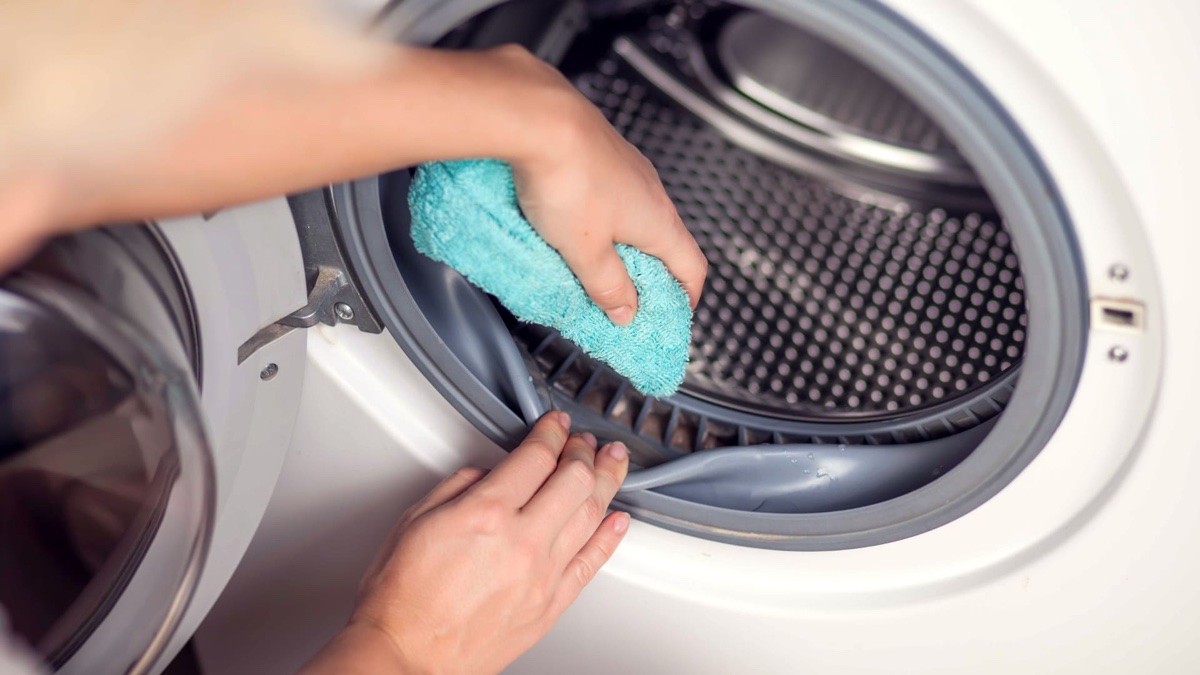
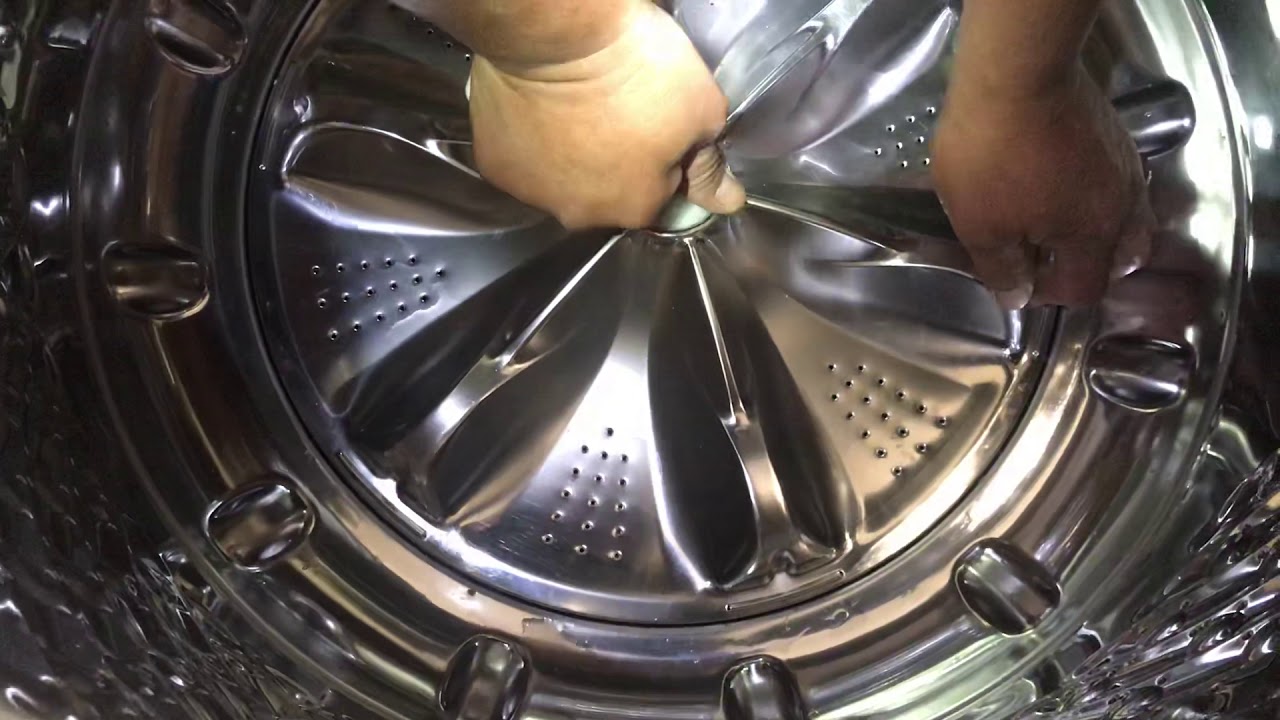
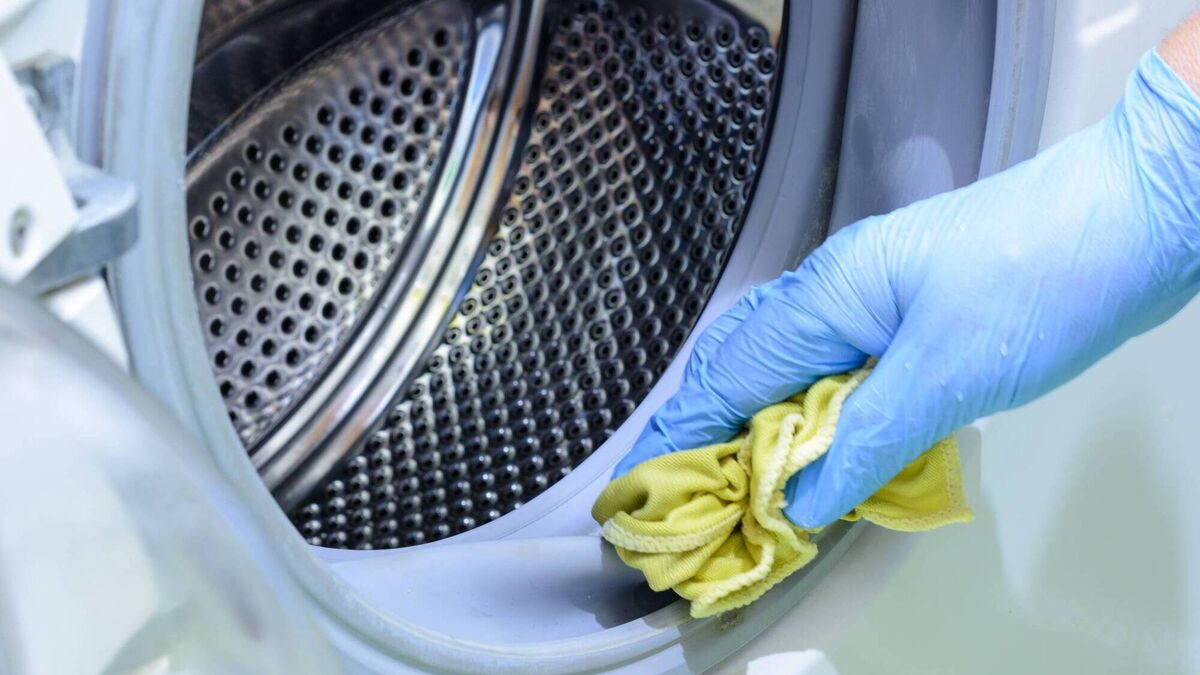
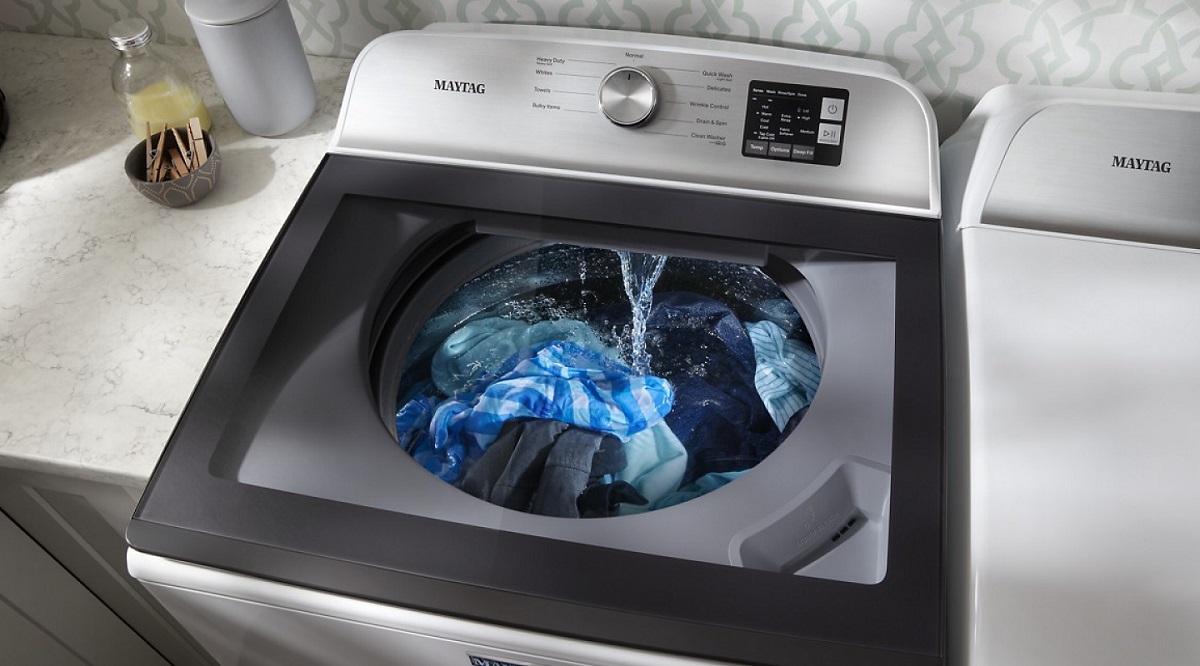
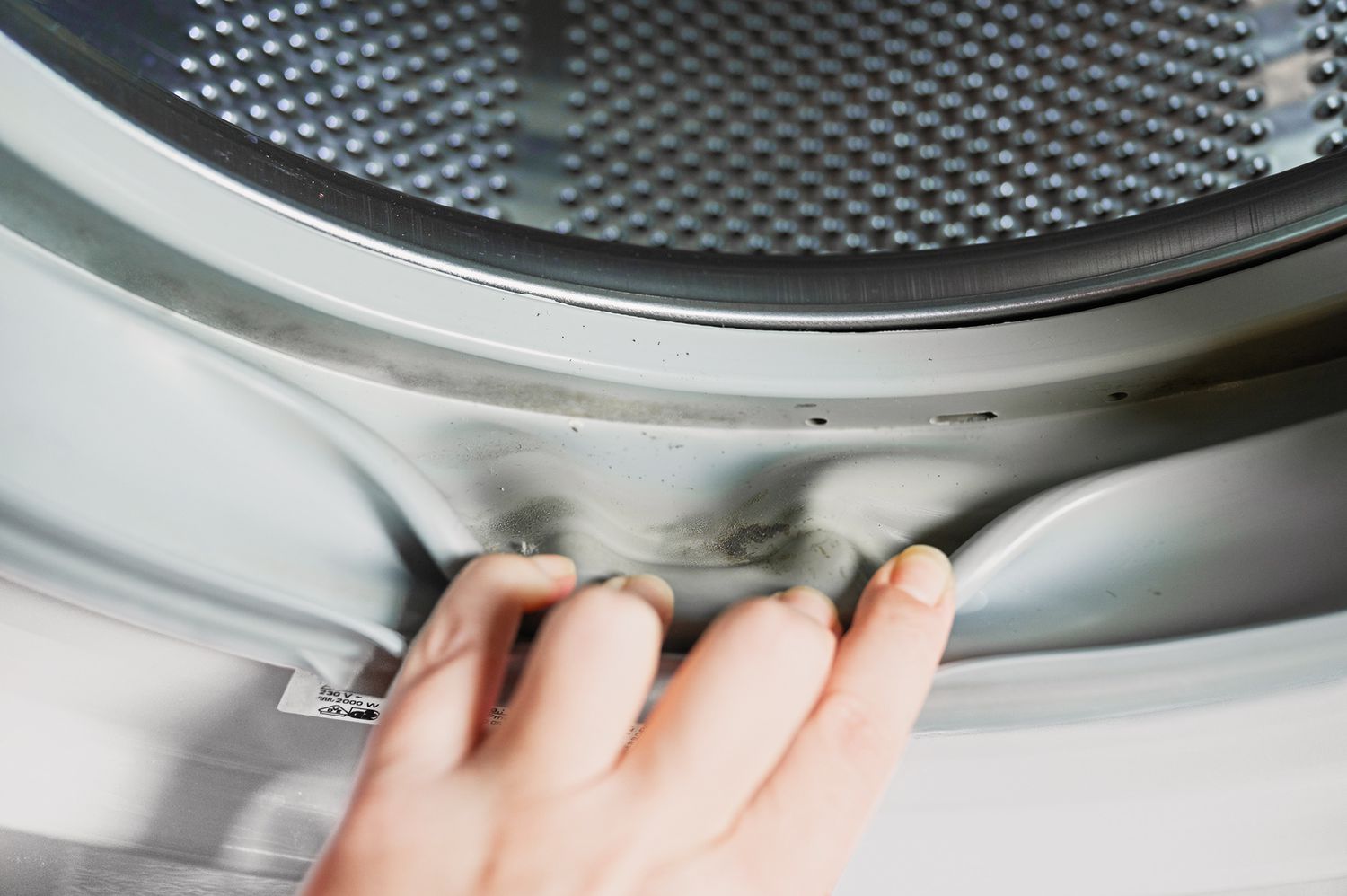
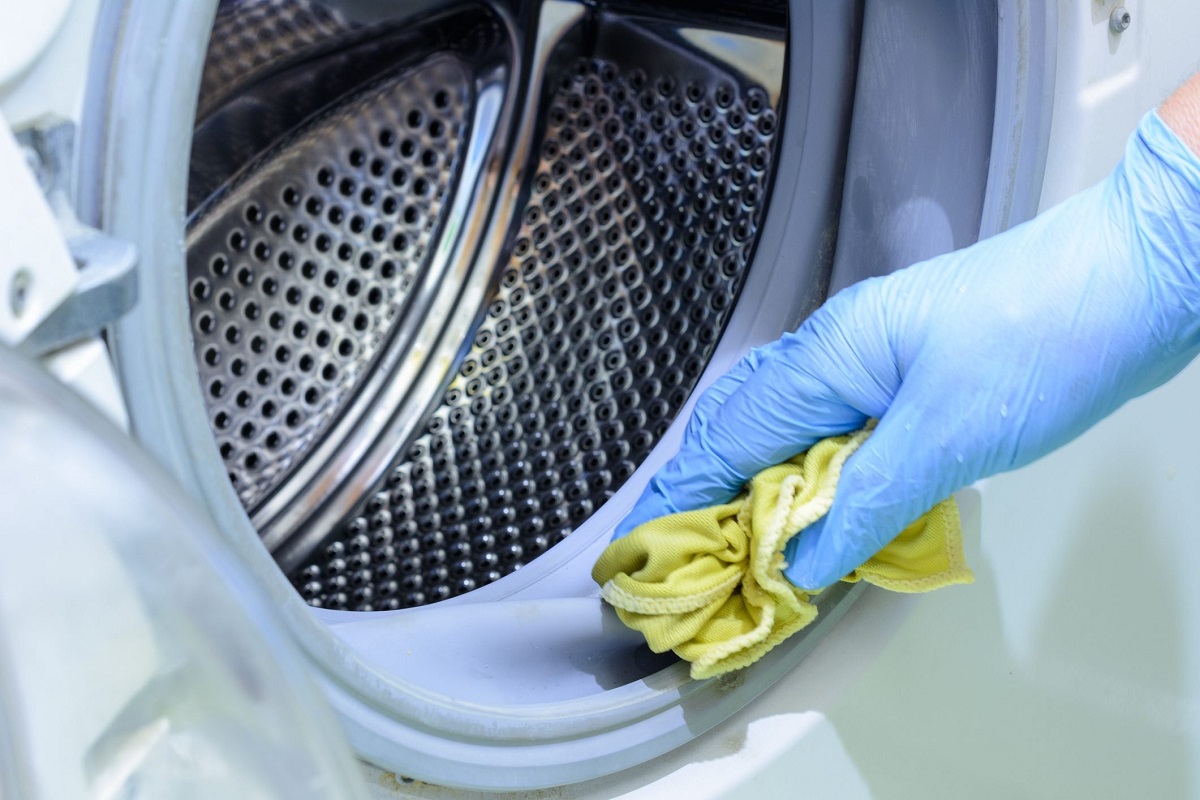
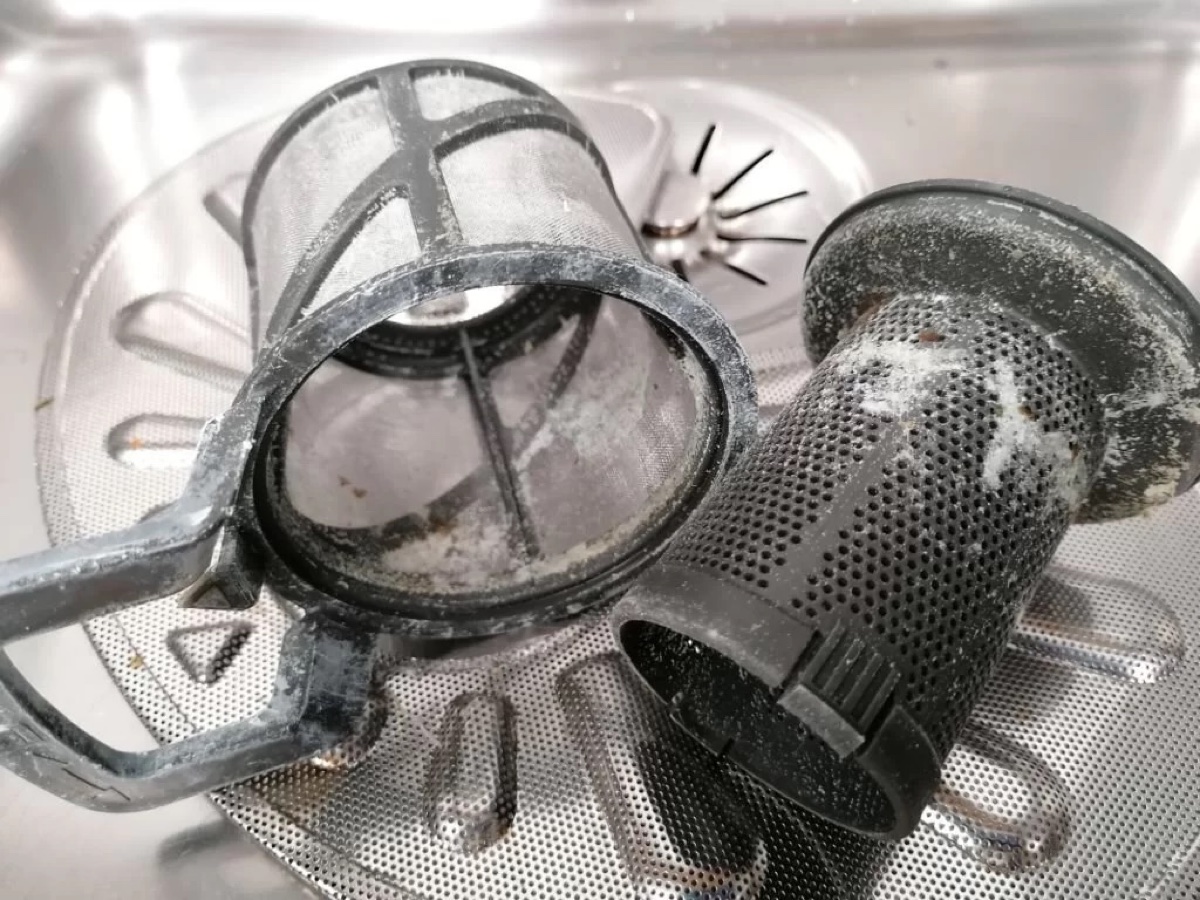
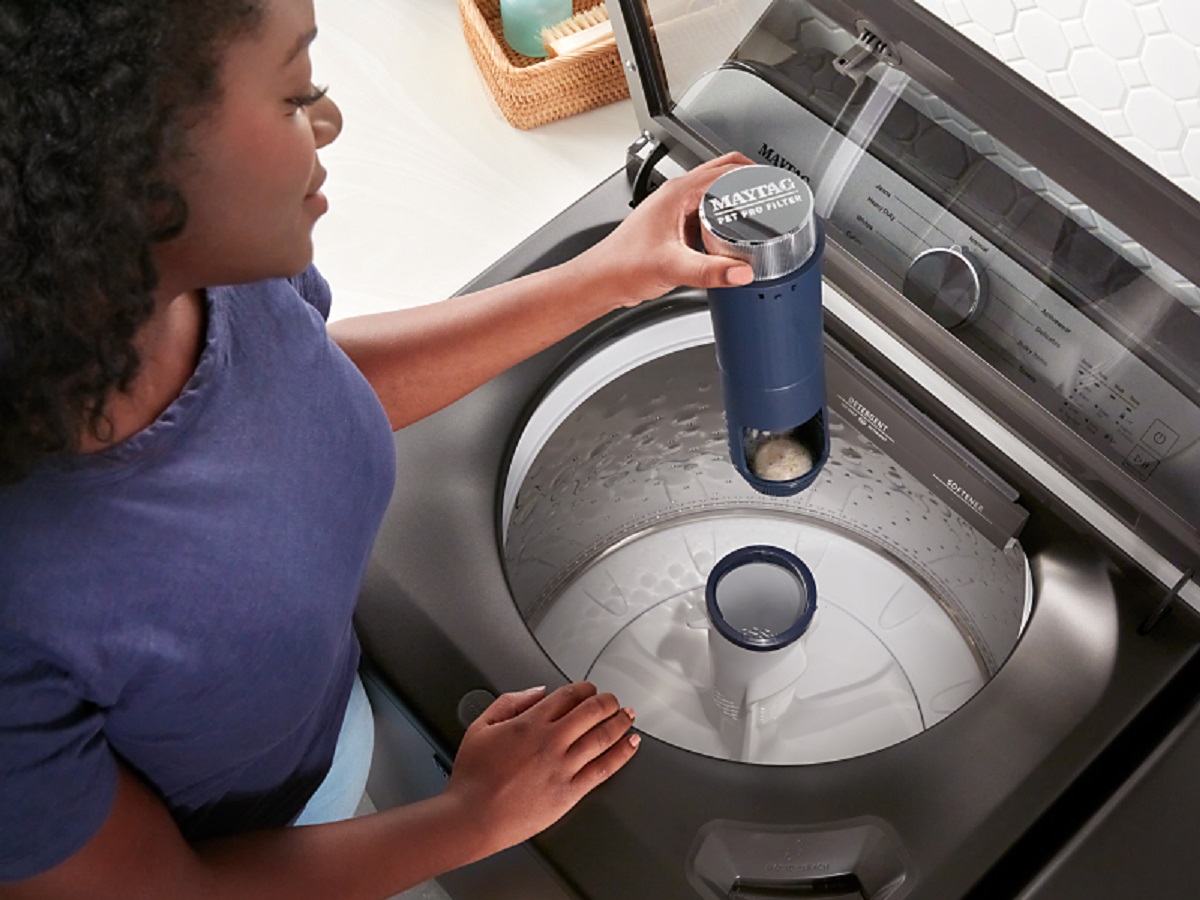
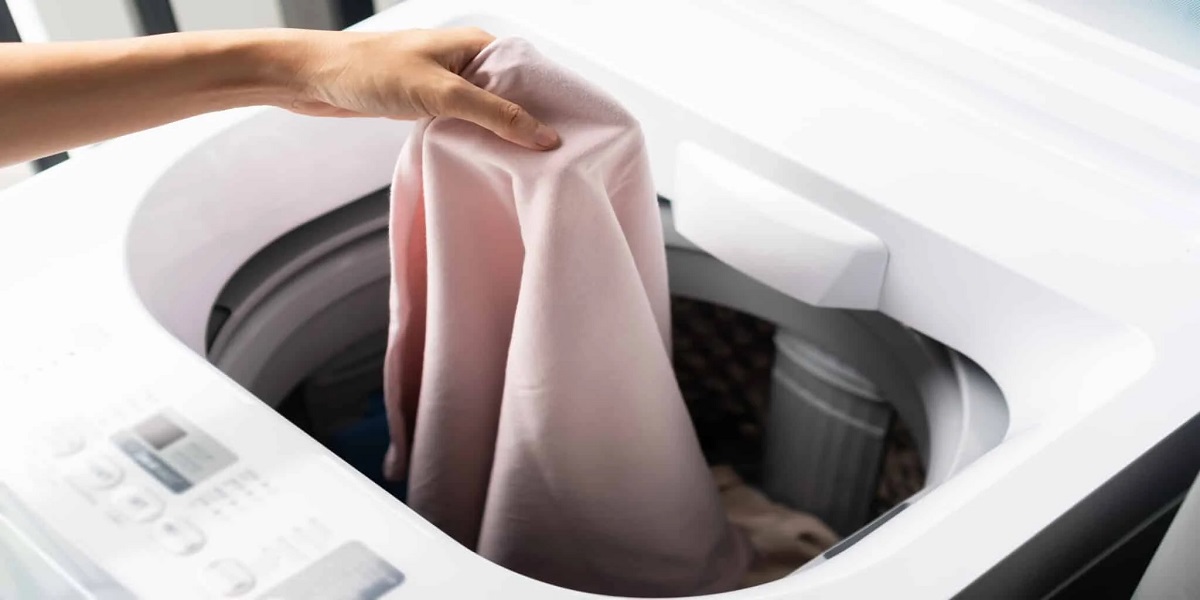



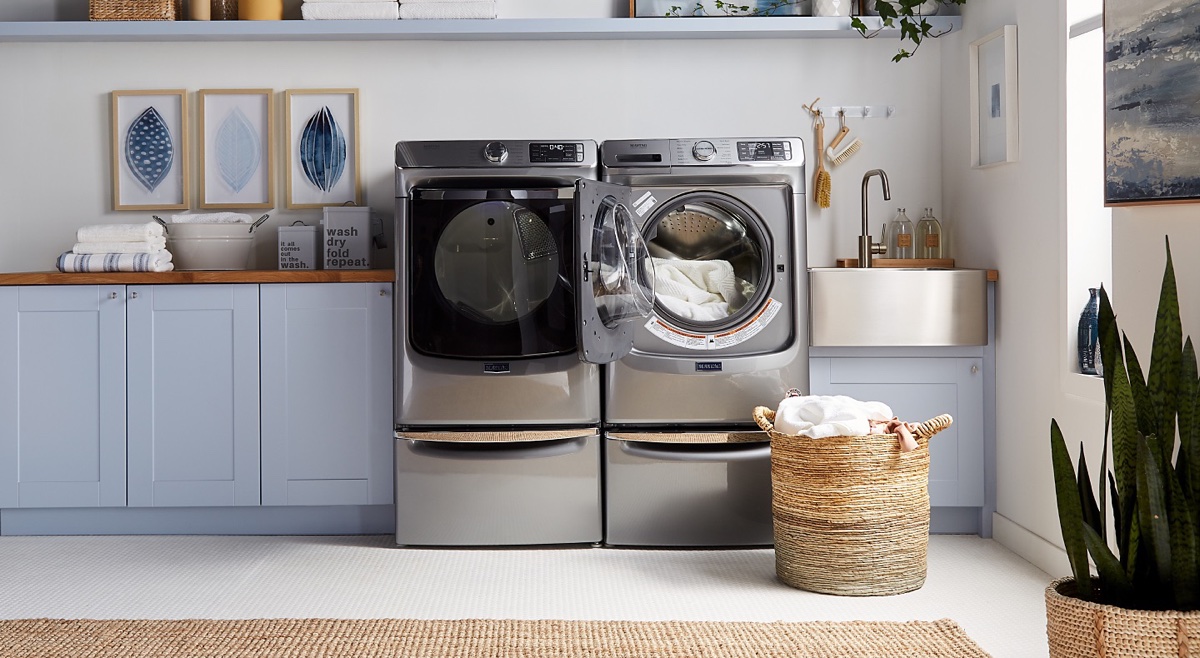
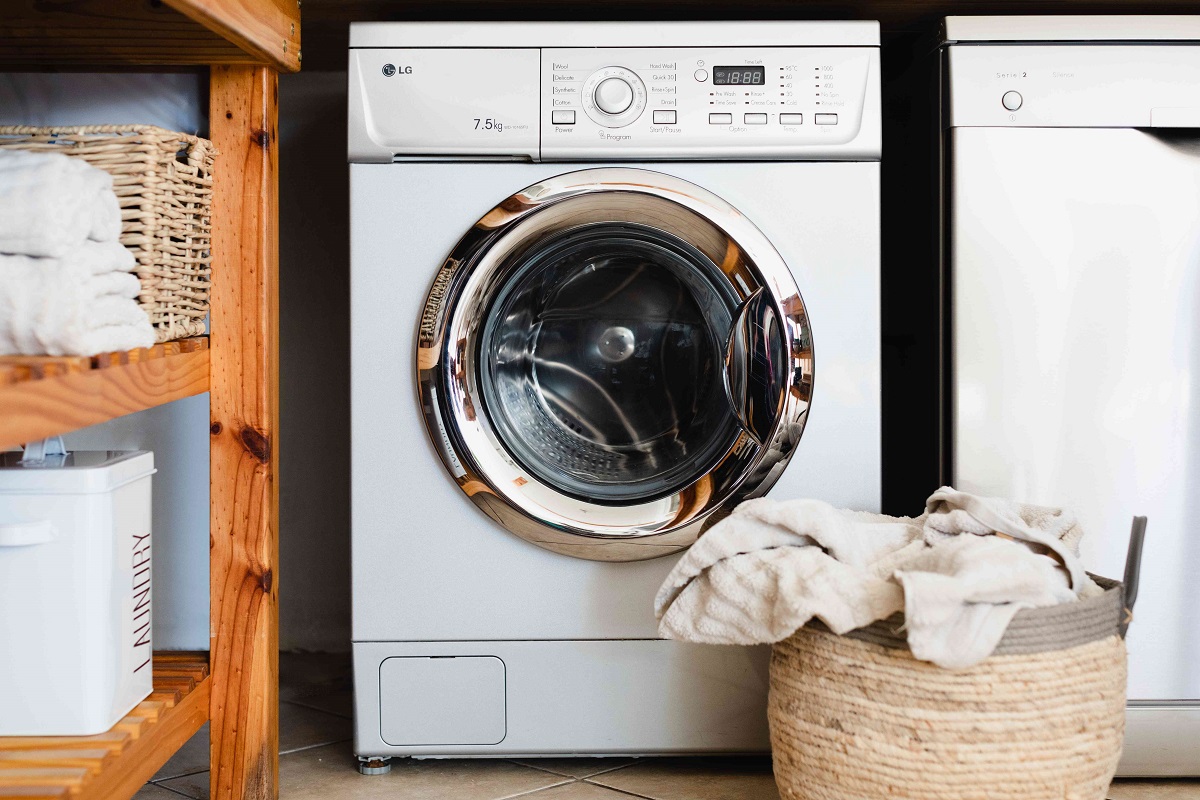

0 thoughts on “How To Clean Front Load Washer Seal”